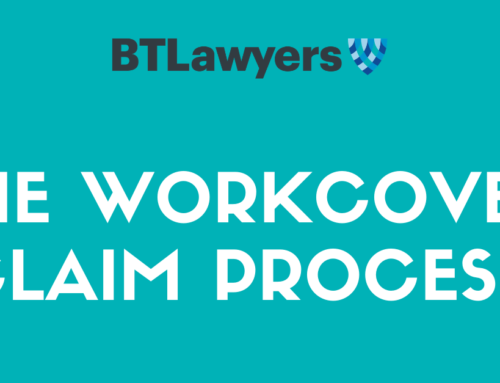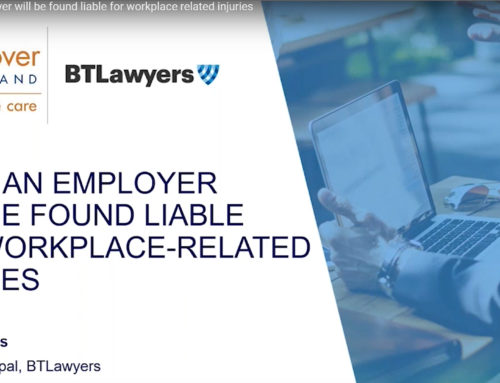Much has been lauded about the Workers’ Compensation and Rehabilitation (National Injury Insurance Scheme) Amendment Act 2016 (“the Amendment Act”) However, little focus has been given to the main purpose of the bill, which was to implement the National Injury Insurance Scheme (“NIIS”) for workplace incidents which ensures that workers who sustain particular serious injuries receive necessary and reasonable treatment, care and support payments regardless of fault. The Amendment Act has sought to emulate what had already been introduced to the Motor Accident Insurance Act 1994 (“MAIA”) by the National Injury Insurance Scheme (Queensland) Act 2016 (“NIISQA”) which was to provide coverage in the form of lifetime benefits, treatment, care and payments for those who suffer catastrophic injuries in a motor vehicle accident where there is no fault to be attributed to another party. The overall aim of the NIIS was to implement a minimum standard of benchmarks nationwide for those who receive particular serious injuries regardless of fault in a motor vehicle or workplace incident. What Is a Particular Serious Injury? The Amendment Act has inserted a new chapter into the WCRA, as Chapters 4A and 5A which deals with Serious Personal Injuries and their eligibility for funding under the NIIS. So what is the eligibility for a serious injury under the Amendment Act? A serious injury is defined to include: Once a worker is determined to have satisfied the eligibility criteria for their injury, then regardless of fault, they are entitled to receive benefits, treatment care and support payments for a period of entitlement which is defined as until the worker dies or until the worker stops being entitled to treatment, care and support payments under provision of the Amendment Act. Are There Many Claims For Serious Injuries? The Productivity Commission in providing its report to the Australian Government[2] estimated that approximately 60 cases of Work Place Injuries occurred in 2005 across Australia and that taking into account population increase but tempered by increased safety standards that the figure would not change into 2014. It further estimate that in 2016 and 2017 there would be around 11 cases of catastrophic injury that occurs in Queensland while at the workplace. Are Employers Affected? The real change of the Amendment Act is that it now gives those workers who are catastrophically injured at work, when no fault can be found or attributed to another party, lifetime care and assistance and support payments. If there is a potential finding that an employer was negligent in causing or contributing to an employee’s injuries, then the employee still has access to sue their employer (or any other party) for damages flowing from the negligence. While the Amendment Act does not seek to increase employer premiums directly, if a claim is made for a catastrophic injury by an employee, then it will add to a small increase in the premium for the employer. Fortunately it will be a relatively small amount overall due to the low number of claims that will come under the scheme. Further information can be obtained from the WorkSafe Website regarding the Amendment Act.[3] [1]https://www.legislation.qld.gov.au/LEGISLTN/ACTS/2016/16AC044.pdf [2]http://www.treasury.gov.au/~/media/Treasury/Consultations%20and%20Reviews/Consultations/2015/NIIS%20Workplace%20Accidents/Key%20Documents/PDF/NIIS-RIS-03-2015.ashx [3]https://www.worksafe.qld.gov.au/laws-and-compliance/workers-compensation-laws/laws-and-legislation/workers-compensation-and-rehabilitation-national-injury-insurance-scheme-amendment-act-2016
A new chapter in the Workers’ Compensation and Rehabilitation (National Injury Insurance Scheme) Amendment Act
[1] and in particular the insertion of section 236B, which in short summary was inserted to reverse the effects of the judgement of Byrne v People Resourcing (Qld) Pty Ltd & Anor [2014] QSC 269, being that it renders any contractual terms that would pass the burden of liability for any injury from a third party to an employer (i.e. in a labour hire arrangement) null and void.






